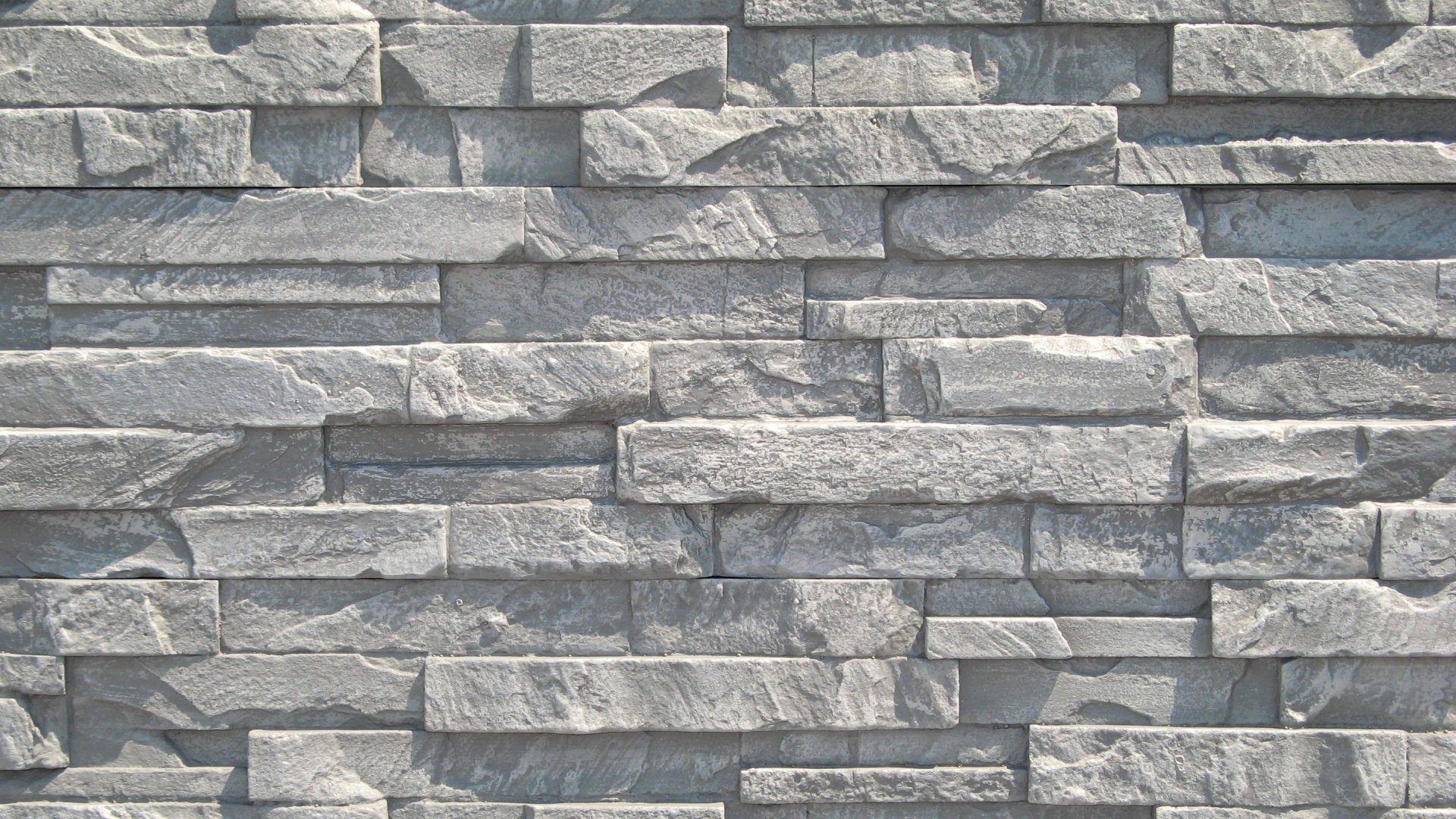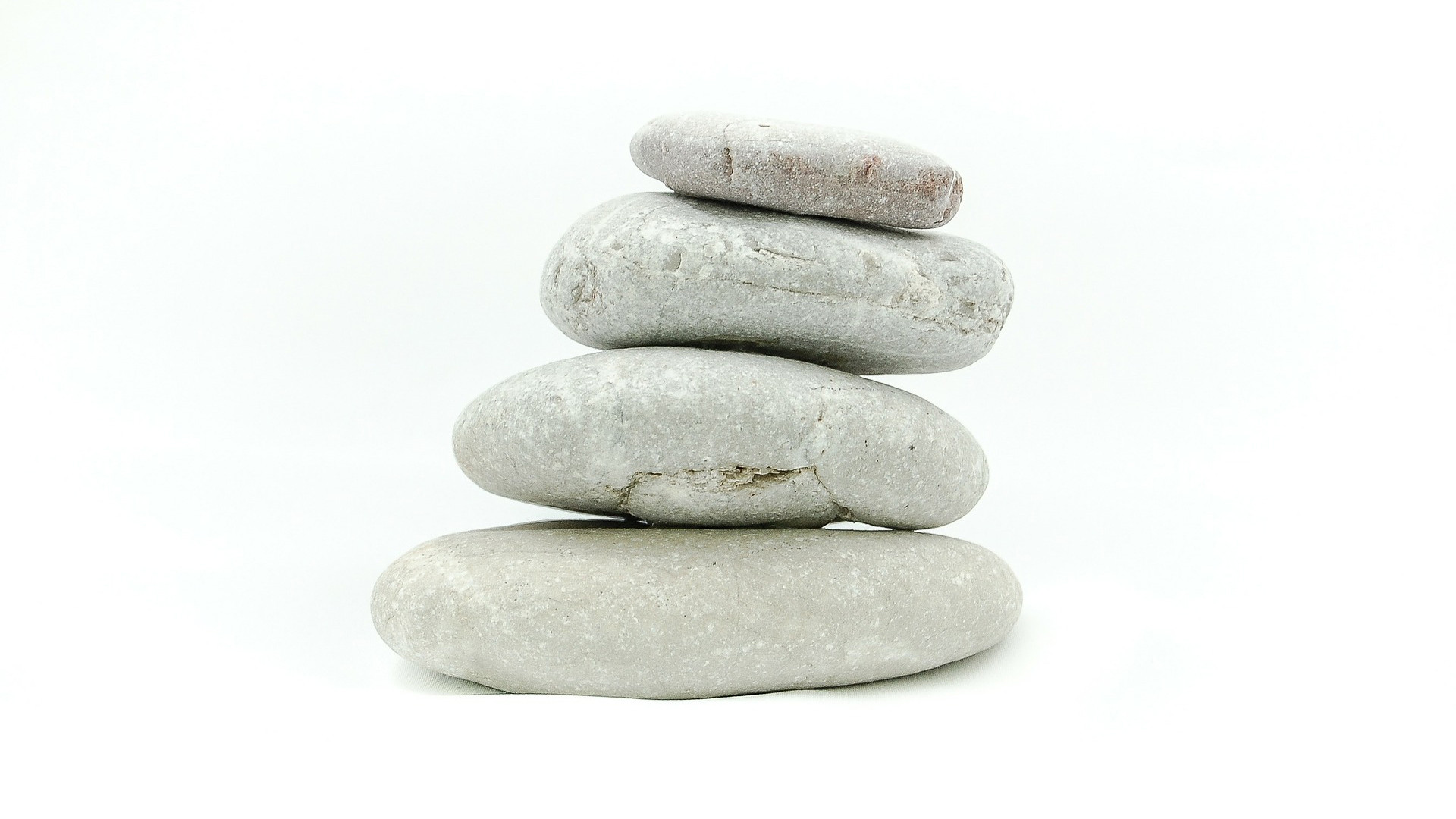Talc-chlorite ore is a mineral formed as a result of changes in the sedimentary and igneous properties of rocks. Its composition includes talc, chlorite, mica, carbonates, and inclusions of other minerals. Why did it get the name “soapstone”? For the most part, it consists of talc, which is soft, light, and really looking like soap. Its color palette is not very diverse; talc chlorite is mainly gray but can have greenish, bluish, and brownish shades. Very rarely, one can come across variegated stones.
Talc chlorite is soft and smooth, thanks to the talc that is part of it. The remaining components provide it with durability and strength.
Soapstone has the following characteristics:
- It is heat-resistant and features heat stability and thermal capacity.
- It is durable and comparable with marble in this regard.
- It is not porous. Since the stone’s density is quite high, stains, microbes, and bacteria are not a problem for it.
- It has low thermal conductivity.
- It is resistant to acid and alkaline effects.
- It is soft and easy to handle.

Such an advantage of soapstone as the capability of absorbing and retaining heat makes it an indispensable material for finishing and creating ovens and fireplaces. A stove or a fireplace made of such material will warm up well and evenly, distribute heat throughout the entire room, and keep the coals hot.
Finger stains are not possible on the surface of a table made of this material. One can wash such a surface merely with soap and water. Tiles made of this stone are safe; it is impossible to slip on them. Talc chloride is characterized by its practicality, longevity, and visual attractiveness, which makes it suitable for finishing certain surfaces and building ovens.
The mineral in question has only one disadvantage — the high cost. The price can reach up to 120 USD per square foot. While it is not so expensive to cover an oven, you will have to pay a substantial amount for decorating the floor and walls in the bathroom with soapstone tiles.

